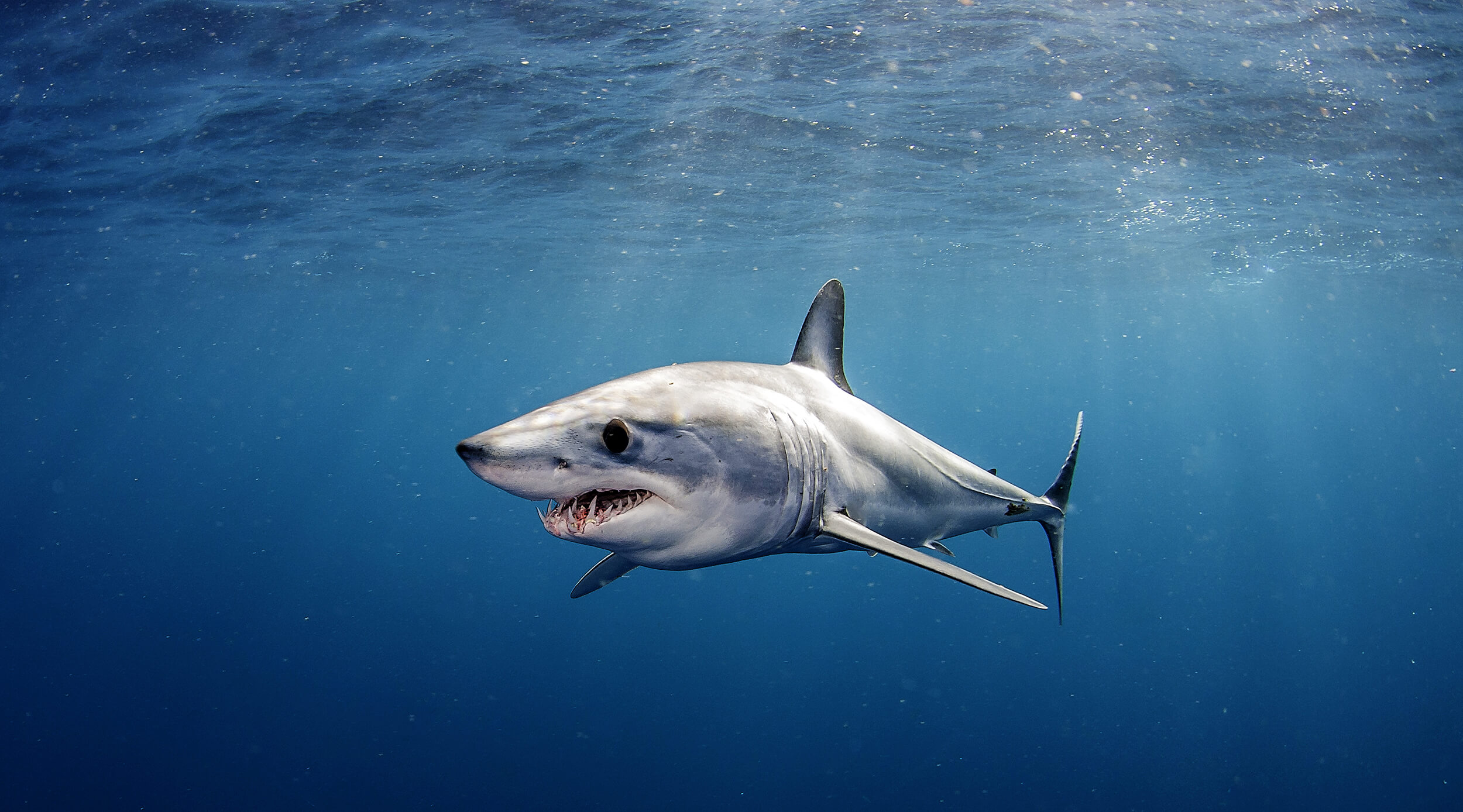In a packed conference room yesterday, the CITES membership voted to continue to protect the African elephant and limit future trade in elephant ivory, but voting failed to move all remaining elephant populations to CITES Appendix I.
Read MoreLive from CITES CoP17, 10-3-16 CITES voted today on proposals to list silky sharks, all three species of thresher sharks and all nine species of mobula rays on Appendix II.
Read MoreThis morning saw a highly contentious nearly two hour discussion of CITES Proposal #19, to move African grey parrots from the limited trade protection of Appendix II, to the full trade ban of Appendix I.
Read MoreSRI wanted to share this excellent opinion from José Truda Palazzo from the NGO Divers for Sharks, which was intended to remind delegates that the goal of CITES is to protect species by regulating trade, not to protect trade by the manner in which species are regulated.
Read MoreAfter much discussion, voting at the CITES conference today opposed the downlisting of Peregrine falcons from the stringent regulation of Appendix I to Appendix II, which allows limited trade in the species.
Read MoreYesterday evening saw a standing-room only presentation on how sharks can provide an ecotourism base that lifts rural communities in developing countries out of poverty, strengthens conservation within those communities, and instills resilience even in the face of natural disasters.
Read MoreThe CITES membership today overwhelmingly passed Proposals #9-12 which give increased Appendix I protection to all species of Asian and African pangolins.
Read MoreThe Manta Trust booth was set up with full virtual reality video capabilities. Note in the photo, Shark Research Institute Executive Director Marie Levine, “diving” with mantas using a VR headset!
Read MoreSRI Director Marie Levine and I are in Johannesburg, South Africa at CoP17 (The 17th meeting of member nations of the Convention on International Trade in Endangered Species of Flora and Fauna, a.k.a. CITES).
Read MoreThe genus Mollisquama describes a group of animals known as pocket sharks, so named for a small opening - the “pocket gland” - that lies just above the pectoral fins.
Read MoreLittle is known about the mechanisms that underlie clasper development in males, but not in females, though it has been thought that reproductive hormones must play a role in this sex-specific trait.
Read MoreI have long been interested in sperm storage in a variety of species, a technique that allows female animals to separate mating and gestation. There is evidence for sperm storage in animals ranging from insects to mammals.
Read More












